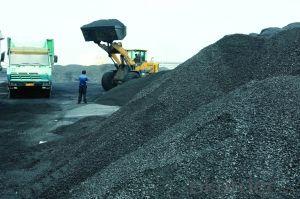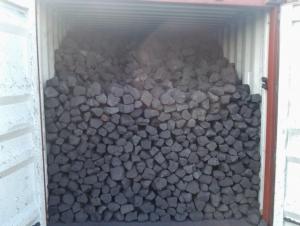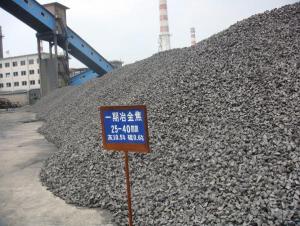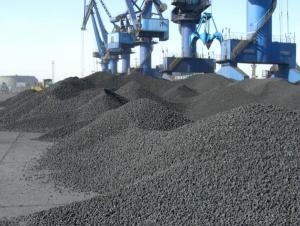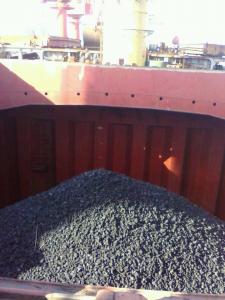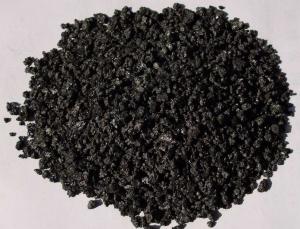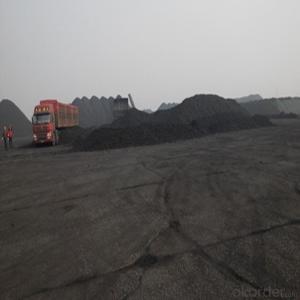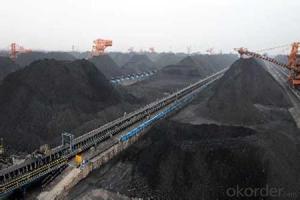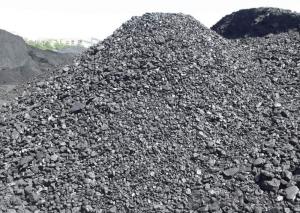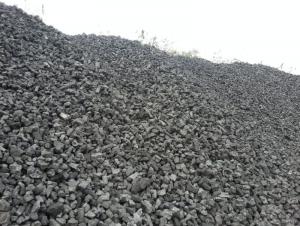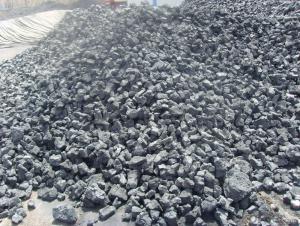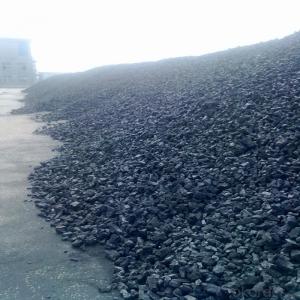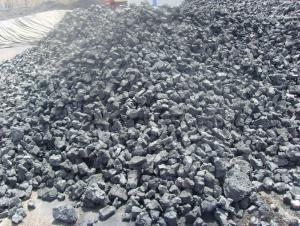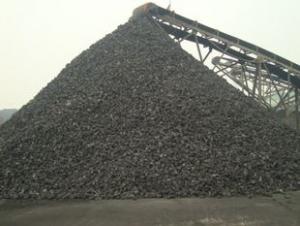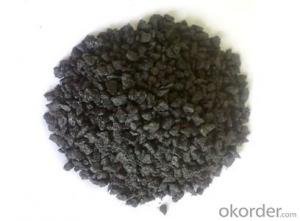Metallurgical Coke of Coke Strength after Reactivity 65
- Loading Port:
- Tianjin
- Payment Terms:
- TT OR LC
- Min Order Qty:
- 100 m.t.
- Supply Capability:
- 3000 m.t./month
OKorder Service Pledge
OKorder Financial Service
You Might Also Like
1. Structure of Metallurgical Coke of Coke Strength after Reactivity 65 Description:
Coke is made by high temperature metallurgical coke for blast furnace smelting, casting and gasification. Occurring in the process of coking after recovery and purification of coke oven gas is a high calorific value of fuel, is an important industrial raw material in organic synthesis.
Coke is mainly used for blast furnace ironmaking and used for copper, lead, zinc, titanium, antimony, mercury and other non-ferrous metal smelting of blast furnace, reducing agent, compound and the function of stock column frame.
Blast furnace with Coke instead of charcoal, which laid a foundation for the large-scale of modern blast furnace, is a major milestone in the history of metallurgy.
2. Main Features of the Metallurgical Coke of Coke Strength after Reactivity 65:
• Quality assurance
• Mutual benefit
• Preferential price
• Various choice
3. Metallurgical Coke of Coke Strength after Reactivity 65 Images:
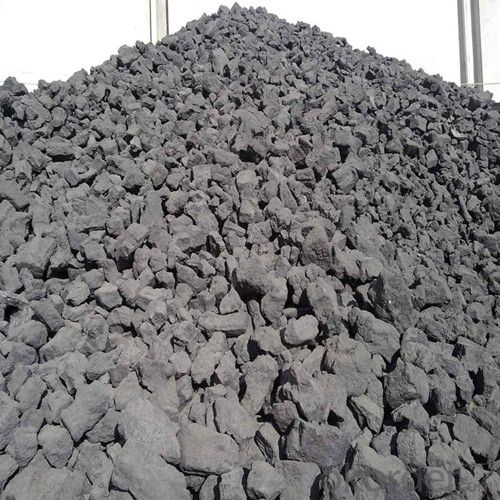
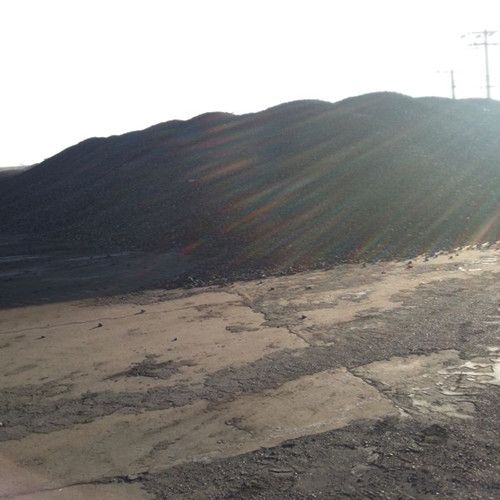
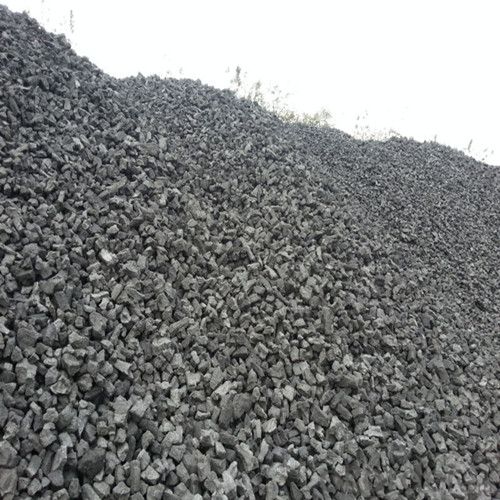
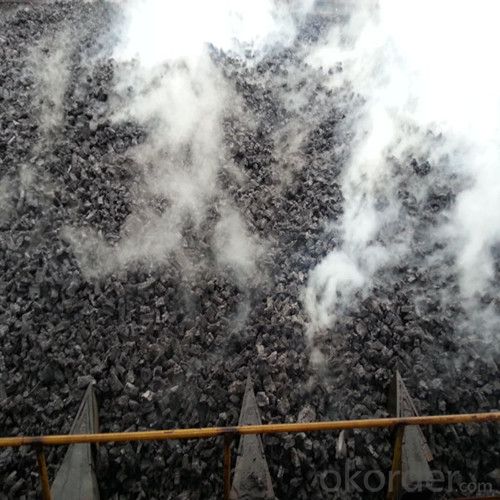
4. Metallurgical Coke of Coke Strength after Reactivity 65 Specification:
Parameters | Guarantee | Rejection |
Total Moisture (As received basis) | 5% max | |
Ash (dry basis) | 12.5% max | > 13.5% |
Volatile Matter (dry basis) | 1.5% max | > 1.8% |
Sulphur (dry basis) | 0.65% max | > 0.75% |
Phosphorus (dry basis) | 0.035% max | > 0.045% |
M10 | 7% max | > 9% |
M40 | 84% min | <82% |
CSR | 65% min | <63% |
CRI | 25% max | > 27% |
Size 30-90 mm | 90% min | |
+90 mm | 5% max | > 8% |
-30mm | 5% max | > 8% |
5. FAQ
We have organized several common questions for our clients,may help you sincerely:
1) How to guarantee the quality of the products?
We have established the international advanced quality management system,every link from raw material to final product we have strict quality test;We resolutely put an end to unqualified products flowing into the market. At the same time, we will provide necessary follow-up service assurance.
2) What are coke's main physical properties?
The average heat capacity is 0.808 kj/(KGK) (100 ℃), 1.465 kj/(KGK) (1000 ℃)
Thermal conductivity is 2.64 kj/(MHK) (room temperature), 6.91 kj/(MHK) (900 ℃);
Ignition temperature (air) is 450-650 ℃.
3) How about your company?
Our company began to export coke when China cancelled 40% of coke export tariffs and quotas on January 1, 2013. We export many kinds of coke, such as CSR60 % and CSR 62% metallurgical coke (met coke), the NUT coke of 20 to 50 mm, coke breeze of 3 to 6 mm, and so on.
- Q: Coke is how to make it? What is the use?
- Coke production has prepared the material into the coal charging car from coal tower, were sent to the furnace chamber. The gas produced by the dry distillation is sent to the chemical product recovery workshop for processing. After a coking period (from charging to pushing the required time is generally 14 to 18 hours, depending on the carbonization chamber and the width), a pusher will mature by refining coke coke machine into the coke car; coke quenching, coke is discharged into the cold coke; then screening and storage (Figure 4).The coking plant is generally composed of two coke ovens. The two coke ovens are arranged on the same central line, and a coal tower is arranged in the middle. A furnace with coke oven machinery -- corresponding charging car and coke machine, machine coke, coke quenching car and motor vehicle; also equipped with a set of facilities including coke quenching, coke quenching tower, coke quenching pump, coke powder and coke powder sedimentation tank grab, arranged in the end furnace group. The center of the coke quenching tower is not less than 40 meters from the center of the carbonization chamber. If dry coke quenching, coke oven station. The coking plant is also equipped with the necessary piping and reversing system.
- Q: How to calculate the average particle size of coke
- Broken before and after the comparison of granularity, see D50 on the line. There are many kinds of average grain size, and the calculation steps are more complicated.
- Q: Coke is how to participate in the steel, and the pellets, sintering, a piece of the furnace in the furnace or in other containers
- To be exact, you don't need coke for steelmaking, you say that it's iron making
- Q: What are the main uses of coke
- Main use of coke:1, is the most important coking products, more than 90% countries most coke used in blast furnace, blast furnace with coke instead of charcoal, laid the foundation for the large-scale modern blast, is an important milepost in the history of metallurgy.
- Q: What are the uses of these early industrial iron and steel? Any difference?What kind of carbon do we eat in the middle of a long strip of carbon?
- Coke:The utility model is mainly used for blast furnace ironmaking and smelting of blast furnace for non-ferrous metals such as copper, lead, zinc, titanium, antimony, mercury, etc.. The use of coke instead of charcoal in the blast furnace has laid the foundation for the large-scale development of modern blast furnaces and is a major milestone in the history of metallurgy. In order to achieve better technical and economic indexes of blast furnace operation, the coke (metallurgical coke) must have proper chemical and physical properties. In addition to a large number of coke used in iron smelting and non-ferrous metal smelting (metallurgical coke), but also for casting, chemical, calcium carbide and iron alloy, the quality requirements are different. Such as foundry coke, generally require large size, low porosity, high fixed carbon and low sulfur; chemical gasification, strict requirements for strength, but requires good response, high ash melting point; calcium carbide and coke production requirements to improve the fixed carbon content.
- Q: Some experimental results summarized the following two facts: the coke can not be used to restore aluminum mine, but it can be used for the reduction of copper and iron; no containing copper sulfate solution with tin, thus the activity sequence C, Al, Cu, Fe of the four elements is ______.
- Coke can not be used to restore aluminum ore, but can be used to restore copper and iron ore, indicating that aluminum is the most active
- Q: With the number of 1 tons of steel smelting coke
- Landlord is a layman. First of all, correct your mistake, steel is not used coke, coke is used to iron. You can change the question, how much Coke refining 1 tons of iron
- Q: What is the difference between coke and carbon residue? Coke is a high-temperature refining, carbon residue can be used for civilian fuel it?
- Gasification coke, which is used in the production of coal gas, is mainly used in the fixed bed gas producer with solid slag, as the raw material for gasification, producing CO and H2 as the combustible component:C+O2 - CO2+408177KJCO2+C - 2CO-162142KJC+H2O - CO+H2-118628KJC+2H2O - CO2+2H2-75115KJ
- Q: 8 points will be isolated from the air to enhance the heat of coal, in addition to the main coke, but also the material listed in the following table: No.
- Carbon containing ammonia, which belongs to the inorganic carbon monoxide; although contain carbon and inorganic nature but similar, belonging to the inorganic material, so the answer is: the 7;
- Q: How much coke is needed for a ton of iron
- Blast furnace production is continuous. A generation of blast furnace (from start-up to overhaul shutdown of generation) to continuous production of more than ten years. The production, from the top (usually roof is composed by Bell and hopper of modern blast furnace is the valve bell and bell less top) constant load of iron ore, coke, flux, from the lower part of blast furnace tuyere blowing hot air (1000 to 1300 degrees Celsius), sprayed into the oil, coal or natural gas. Fuel
Send your message to us
Metallurgical Coke of Coke Strength after Reactivity 65
- Loading Port:
- Tianjin
- Payment Terms:
- TT OR LC
- Min Order Qty:
- 100 m.t.
- Supply Capability:
- 3000 m.t./month
OKorder Service Pledge
OKorder Financial Service
Similar products
Hot products
Hot Searches
